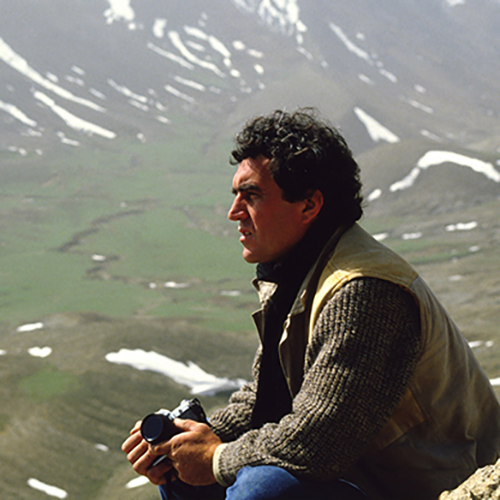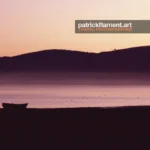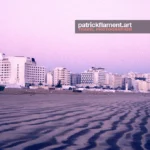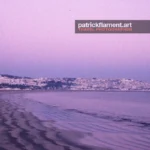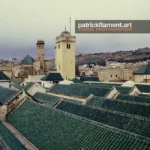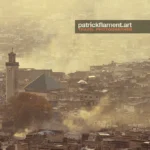Reflections offer a unique opportunity to create striking, artistic images, capturing scenes that repeat and transform through reflective surfaces. Whether on the calm water of a lake, the windows of skyscrapers or urban mirrors, reflections add an extra dimension to your photographic compositions. In this article, we’ll share practical tips to help you master the art of reflection photography and capture their magic with flare.
Locate reflective surfaces : The first step to photographing reflections is to locate interesting reflective surfaces in your environment. Look for calm bodies of water, clean glass, metal surfaces or urban mirrors that offer unique and captivating reflection opportunities.
Choose the right time of day: The quality of light plays a crucial role in reflection photography. Choose the golden hours of sunrise and sunset, when the light is soft and warm, to create more dynamic and aesthetically pleasing reflections. Avoid the hours of the day when the light is direct and harsh, as this can create dazzling, unflattering reflections.
Use a Moderate Aperture: To capture sharp, detailed reflections, use a moderate aperture (f/8 to f/16) to achieve a wide depth of field. This will enable you to keep both your main subject and its reflection sharp in the same image, creating a balanced and harmonious composition.
Experiment with Composition: Play with composition to highlight reflections in creative ways. Use the rule of thirds, leading lines and elements of symmetry to create balanced, visually interesting images. Experiment with different shooting angles to capture unique and unexpected reflections.
Use Polarizing Filters: Polarizing filters are an invaluable tool for reflection photography, reducing unwanted glare and increasing the contrast of natural reflections. Use a circular polarizing filter to eliminate reflections on water or glass surfaces and reveal details hidden beneath the surface.
Be Patient and Creative: Reflection photography often requires patience and creativity. Be prepared to wait for the right moment to capture the perfect reflection, and explore different perspectives and compositions to find the most captivating angle. Don’t limit yourself to obvious reflections; look for unique compositions and interesting patterns that can be revealed through reflective surfaces.
By using these tips and techniques, you’ll be able to capture the magic of reflections and create images that captivate and inspire your audience. Whether using calm bodies of water, elegant shop windows or urban mirrors, reflections offer infinite potential for photographic creativity. Explore your surroundings, be patient and let yourself be inspired by the fleeting beauty of the reflections around you.


